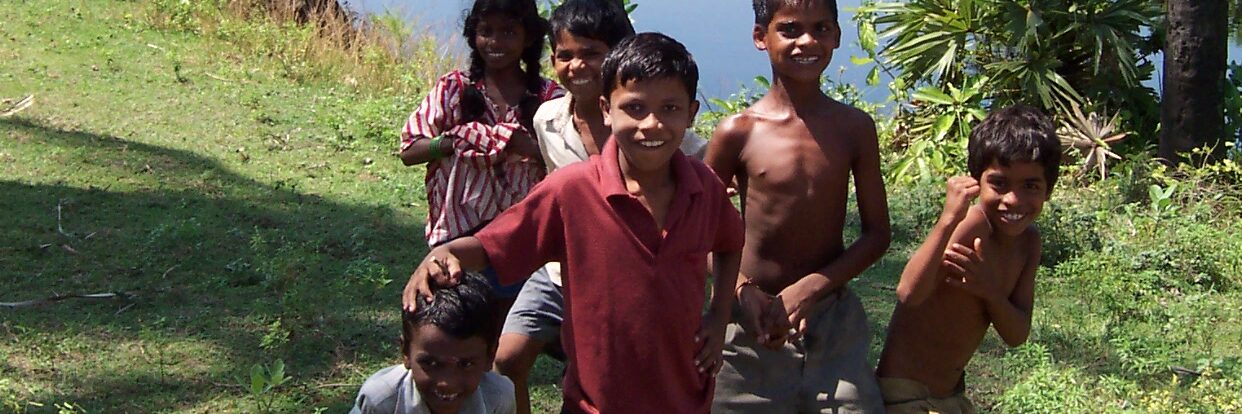Community Environmental Monitoring
(A Project of The Other Media)
No. 42A, First Floor, 5th Avenue Besant Nagar, Chennai – 600090
PRESS RELEASE
CHENNAI, 14 November, 2007 – Mettur’s environment is contaminated with dioxins, furans and 52 other toxic chemicals, including mercury, according to a report titled “Unfolding Disaster: A Study of Chemplast’s Toxic Contamination in Mettur” released by Chennai-based Community Environmental Monitoring. The West Gonur Farmers Welfare Association – a body representing Mettur farmers – demanded immediate action by the Government, and urged the Central Pollution Control Board to declare Mettur a “critically polluted area.”
Dioxins, furans and 17 other chemicals were found in excess of international environmental standards or guidance values. “The possible combined effect of exposure to 52 chemicals points to nothing less than a public health disaster,” said Dr. Rakhal Gaitonde, a public health expert who reviewed the report. “There is potential for serious, unpredictable and potentially irreversible consequences, as well as long term damage to the environment, livelihoods, food and water security,” he warned. Dioxins are potent carcinogens and among the most toxic chemicals known to science. They can cause severe immune and reproductive system disorders, including birth defects. Mercury too causes birth defects and damages the central nervous system. Both chemicals persist in the environment and travel and magnify up the food chain to be found in the highest levels in milk and fish.
Past studies by the Central Pollution Control Board and the Soil Testing Laboratory have confirmed the unsuitability of well-water around Chemplast for irrigation. But neither agency has analysed the water for organic chemicals. The CEM study found high levels of chloroform (nearly 1800 times safe limits), methylene chloride, tetrachloroethane and vinyl chloride in a 500 foot irrigation borewell belonging to G. Nallathambi of Mottur. All four chemicals are manufactured in Chemplast.
Chemplast is also discharging effluents containing 28 chemicals, including 5 carcinogens, into the River Kaveri, the study revealed. At least six of them exceed safety standards, with vinyl chloride at 546 times, Bis(2-chloroethyl) ether at 257 times, 1,2-dichloroethane at 82 times and 1,2-dichlorobenzene at 65 times safe levels. The Tamilnadu Pollution Control Board does not analyse for the presence of any of these chemicals despite the fact that Kaveri water is used for irrigation and drinking purposes.
One soil sample taken from a stormwater drain flowing from the chlorine plant found 34.9 micrograms/kg of mercury (or 190 times safe limits), and hexachlorobenzene at 215 times safe levels. Another soil sample taken from a rainwater channel emptying into the Kaveri through a stream found high levels of mercury and di- and tri-chlorobenzenes. A combined sample, with equal portions of both soil samples, contained 6.7 nanograms/kg of dioxins and furans – a level 8 times above Canadian sediment quality guidelines.
Dioxins, furans and hexachlorobenzene are among 12 dangerous chemicals shortlisted for global phaseout under the Stockholm Convention on Persistent Organic Pollutants (POP). India is a signatory to this international Convention which commits to reduce and eliminate all sources of POPs because of their unmanageable health risks.
The discharge of mercury into the River is a recipe for disaster. Mercury converts to methyl mercury in river sediments and returns to poison humans through fish that is caught from contaminated waters. Methyl mercury was responsible for the Minamata Disaster in Japan where hundreds of people lost their lives, and thousands continue to suffer serious health effects. Minamata disease was caused by consumption of mercury-contaminated fish from a bay where a factory discharged its effluents.
The study was undertaken by Chennai-based Community Environmental Monitoring at the behest of the West Gonur Farmers Welfare Association to verify complaints by residents and farmers of contamination of aquifers, farmlands, streams and the River Kaveri by Chemplast. The damning report came barely two days after Agriculture Minister Veerapandi Arumugam released Chemplast’s report highlighting the company’s commitment to environmental sustainability at Mettur.
The scientific study reported results of 9 samples — including of effluent from Chemplast’s PVC facfory, and groundwater, soil and sediment. The samples were analysed for organic chemicals and mercury at US-based Specialty Analytical and for dioxins/furans at Pace Analytical Services using US Environmental Protection Agency’s protocols. No reliable lab that analyzes as per US EPA protocols was found in India.
For more information, contact:
Lakshmi Premkumar. Community Environmental Monitoring. 9841519160
G. Madesh. West Gonur Farmers Association. 9486113115
www.sipcotcuddalore.com
Read the Complete Report Here: (Adobe pdf files)
